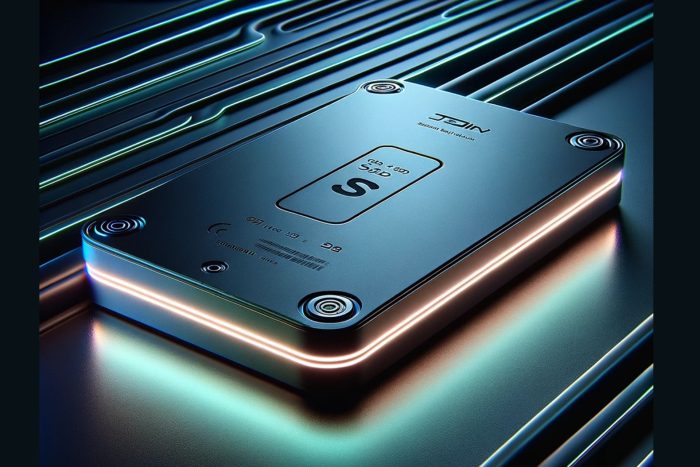Pure Storage is capable of making 1200 TB SSDs but you can't use them yet
In 2025, we will be able to buy the first 150 TB SSDs
2 min. read
Published on
Read our disclosure page to find out how can you help Windows Report sustain the editorial team Read more

We all know that SSDs are faster and more reliable than HDDs, but they have significant capacity limitations. However, Pure Storage, a well-known storage devices manufacturer, announced last year that by 2026, they will release 300 TB drives.
Now, according to TechRadar, they are coming with even more ambition plans: 1200 TB SSDs. However, don’t check your bank account because there are a few issues they must overcome first.
Why can’t we have 1200 TB SSDs right now?
In an interview for Blocks and Files, a Pure Storage official explained that an off-the-shelf SSD’s capacity is directly linked to the amount of DRAM from a machine. So, for every 1 TB of NAND storage, you need 1 GB of DRAM.
So 30 terabyte drive, 30 gigabytes of DRAM, 75 terabyte drives, 75 gigabytes of DRAM, so on and so forth. You can imagine when you start to look at something like a 75 terabyte drive with 75 gigs of DRAM, that’s roughly as much DRAM inside an individual drive as there is in servers today.
Shawn Rosemarin, Pure Storage VP for R&D
So, basically, the problem is that the DRAM is absolutely necessary for the SSD’s firmware controller because it holds all the Flash Translation Layer (FTL) mappings and metadata. It’s like the mastermind who knows where every bit of data is stored and with what information.
Another problem is that DRAM cost is higher than NAND storage and overall, this drives the price of such a device a lot higher.
However, Pure Storage also has a solution for this conundrum and that is with their Direct Flash Modules:
We need to essentially move that capability that today is being delivered via DRAM directly into software, which is what we’ve done at Pure with Direct Flash Modules. We don’t have that reliance on DRAM.
Shawn Rosemarin
The Direct Flash Module (DFM) is all about flash chips that use software that runs on the controller to ensure the FTL working properly. And with this solution, they can scale up to virtually any amount of NAND storage.
We will see if this works next year, when Pure Storage promised to deliver their first 150 TB SSDs. In the meantime, we will steel need to rely on cloud storage.
What do you think about having so much storage on your PC? Let’s talk about that in the comments section below.








